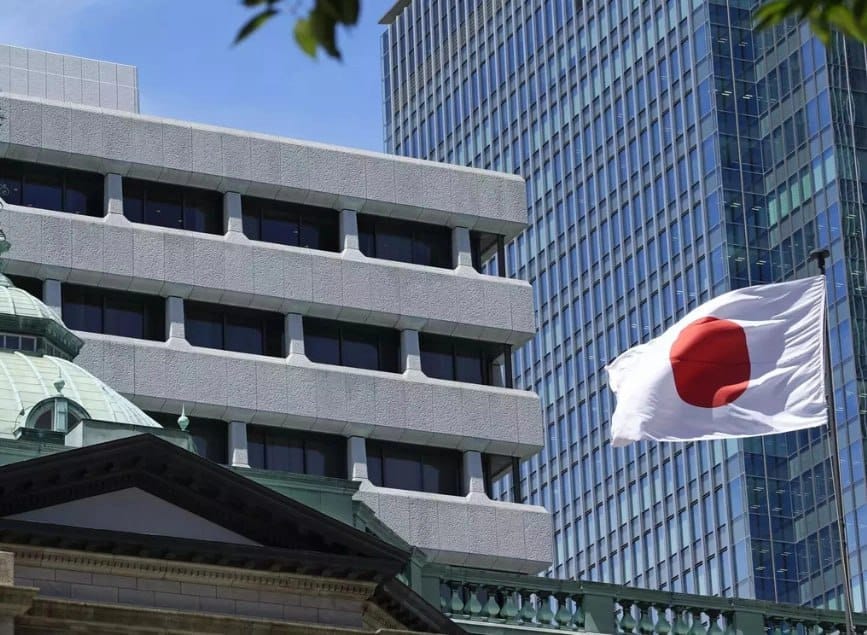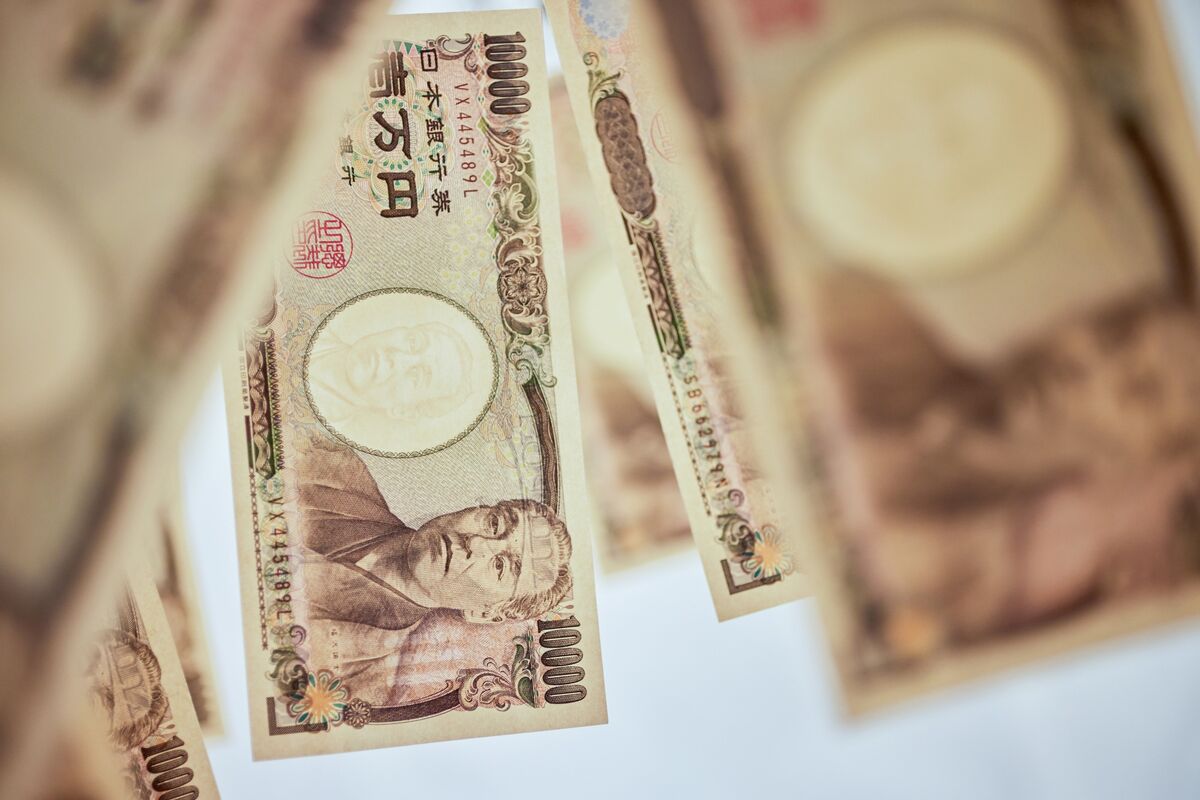
Bank of Japan Holds Interest Rates Steady
In its October meeting, the Bank of Japan (BoJ) decided to keep its short-term interest rate unchanged at 0.25%, a level last reached in 2008. This decision aligns with market expectations and reflects the central bank’s cautious stance amid a shifting global economic environment. With Japan’s recent elections and the upcoming U.S. presidential race adding to the uncertainty, the BoJ is clearly taking a “wait-and-see” approach. By holding rates steady, the BoJ aims to navigate both domestic and international economic challenges while assessing the impact of its earlier rate hikes.
Governor Ueda Highlights Global Economic Concerns
BoJ Governor Kazuo Ueda addressed the complexities of the current global economic climate, noting that geopolitical shifts and the recent monetary adjustments in March and July make it prudent for the central bank to assess how past decisions are affecting the economy. Ueda emphasized that Japan’s central bank is not in a rush to make further changes, given the uncertain global outlook, and instead will monitor risk factors carefully before considering future moves. This conservative approach suggests that the BoJ is aiming to balance domestic needs with the unpredictable international environment, particularly as central banks around the world take varied stances on interest rates.
BoJ’s Stable Inflation Outlook Reflects Cautious Optimism
In its quarterly outlook report, the BoJ kept its core inflation forecast stable, projecting an inflation rate of 2.5% for the fiscal year 2024 and an average of 1.9% for both 2025 and 2026. By maintaining these projections, the central bank signals a cautiously optimistic outlook for inflation in the medium term. This stability suggests that the bank believes inflationary pressures will gradually ease as the effects of global supply chain disruptions and policy adjustments settle. The BoJ’s inflation forecast aligns with its conservative policy approach, ensuring that any additional rate hikes would only be considered if inflation and economic growth exceed expectations.
Japan’s Growth Forecast Remains Unchanged, Signaling Confidence in Stability
The BoJ also maintained steady projections for Japan’s economic growth, with GDP expected to rise by 0.6% in 2024, followed by growth rates of 1.1% and 1.0% for 2025 and 2026, respectively. This steady outlook suggests that the central bank has confidence in the resilience of Japan’s economy, despite facing slower growth compared to other advanced economies. Japan’s economy, which is heavily influenced by exports, continues to face pressure from weaker global demand. However, with steady growth expectations, the BoJ appears focused on creating a stable environment to support gradual recovery, prioritizing stability over aggressive growth.
BoJ’s Path Forward: Monitoring and Adaptation
As it heads toward the end of 2024, the BoJ remains poised to adapt its policy in response to shifting economic and geopolitical factors. The central bank’s commitment to carefully monitoring economic and price data before making any further rate adjustments underscores its cautious stance in the face of global uncertainties. With a balanced approach to inflation and growth projections, the BoJ is positioning itself to respond effectively to any changes, particularly as the global economy remains unpredictable. This strategy of adaptability allows Japan to preserve its economic stability, providing businesses and consumers with confidence as they navigate the coming year.
Share
Hot topics

Federal Reserve’s Challenges to Trump’s New Policies
As the Federal Reserve Open Market Committee (FOMC) prepares for its upcoming meeting, all eyes are on how the Fed will respond to Donald Trump’s latest economic policies. With the...
Read more




Submit comment
Your email address will not be published. Required fields are marked *